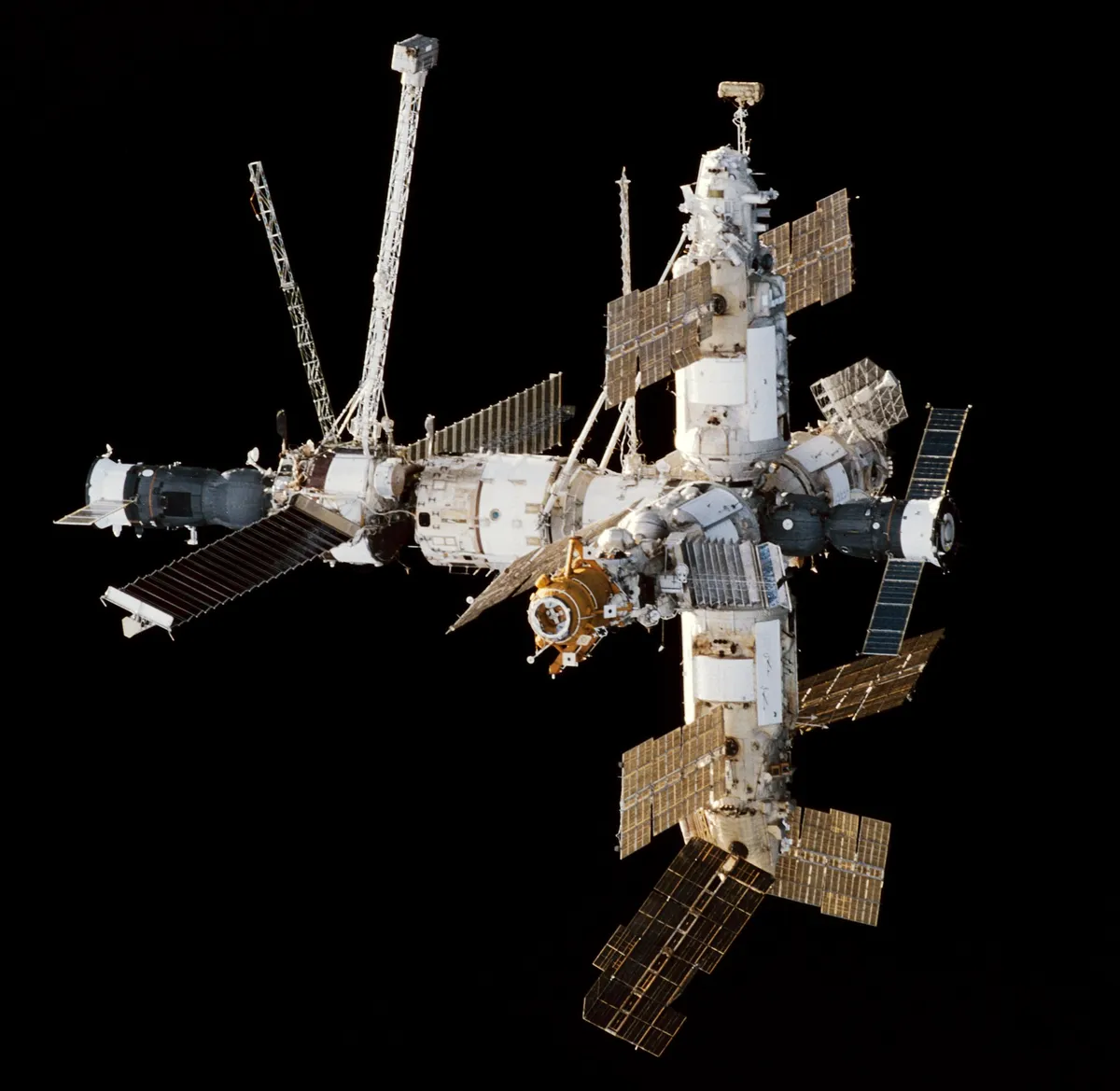Deep in the South Pacific Ocean lies Point Nemo, one of the remotest regions on Earth.
This region has become famous because it's the location on Earth that's farthest from any land.
More Earth from space

In fact, if you were to position yourself there, the closest human beings to you would be astronauts on the International Space Station, should the ISS happen to be passing overhead at the time.
There's nothing at Point Nemo: no island or marker.
It's just an imaginary point on Earth attributed to Croatian-Canadian survey engineer Hrvoje Lukatela, who came up with the concept in 1992.

According to the NOAA's National Ocean Service, Point Nemo is found at coordinates 48°52.6′S 123°23.6′W and is about 2,688km (1,670 miles) from the nearest land mass.
That's Ducie Island to the north; Motu Nui to the northeast; and Maher Island to the south.
Officially known as the oceanic pole of inaccessibility, it's known as Point Nemo in reference to Captain Nemo, the protagonist in Jules Verne's 19th century adventure novel 'Twenty Thousand Leagues Under the Sea'.
Fittingly for this part of the world, 'nemo' in Latin means 'no one'.

Point Nemo and spaceflight
Point Nemo is interesting from a spaceflight perspective because from there, the closest humans are on the International Space Station.
The Space Station orbits Earth at an altitude of about 400km (250 miles) which, when compared to the distance from Point Nemo to the nearest landmass – 2,688km (1,670 miles) – makes ISS astronauts the closest humans to by a long shot.
It has also become known as a 'spacecraft cemetery' or 'spacecraft graveyard', because it's where NASA and other agencies de-orbit and safely dispose of defunct satellites and spacecraft.

Defunct satellites, if left in Earth orbit, contribute to ever-growing debris around our planet, known as space junk, so de-orbiting them is important.
And what safer place to de-orbit them than the remotest region of our planet?
A famous example is the Russian Mir Space Station, which operated from 1986 to 2001 and was intentionally de-orbited to Point Nemo in 2001.
And NASA has previously stated that the International Space Station would be de-orbited around 2031 and intentionally crashed into the region.
So while this remote place in the middle of the South Pacific Ocean may be the remotest on Earth, for space fans it's a place of continuing fascination; a real part of spaceflight history.
